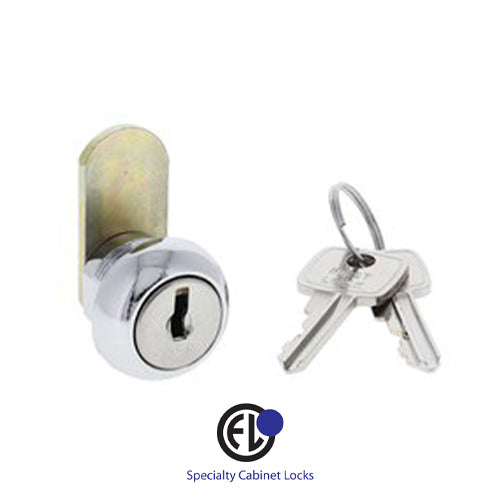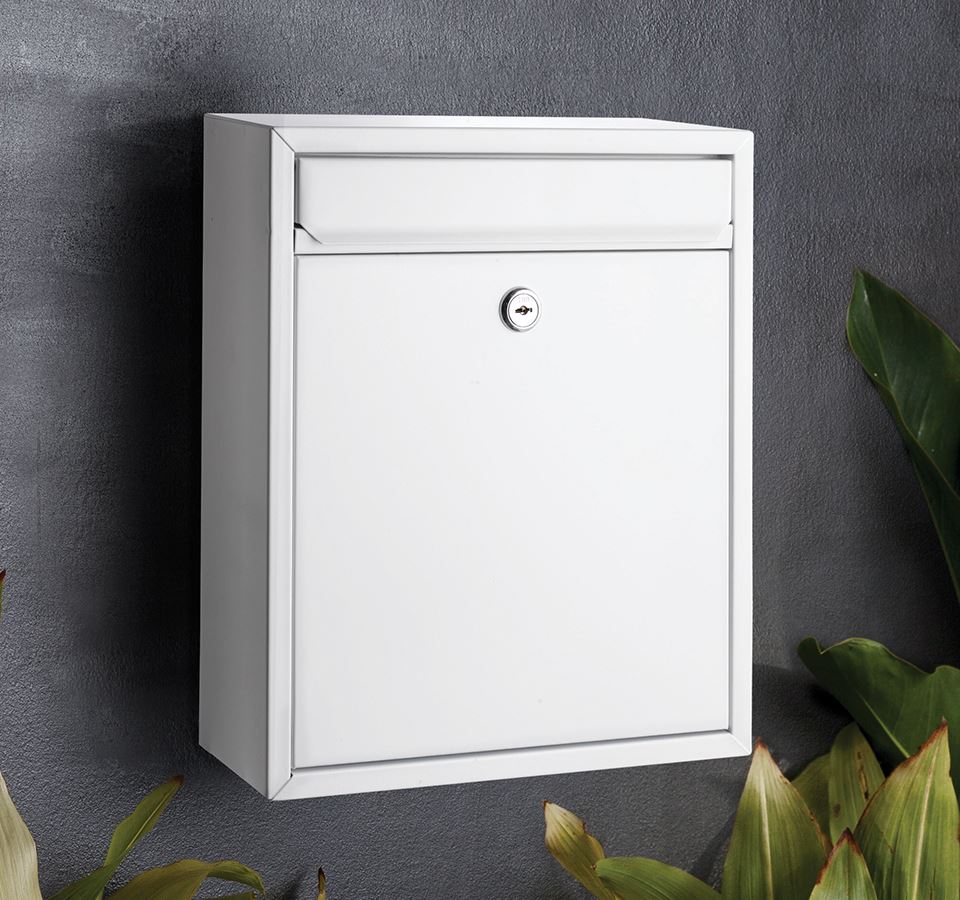How to Choose the Right Letterbox Lock for Maximum Security
Your letterbox is the first line of defence for private information coming into your home. With identity theft and mail fraud on the rise, selecting the right lock for your letterbox isn't just a minor decision – it's a crucial security choice. Different types of letterbox locks offer varying levels of protection, from basic cam locks to advanced digital systems.
The most common letterbox lock is the simple cam lock, which uses a key to rotate an internal cam that secures the door. These are often standard on many letterboxes but provide only basic security. For better protection, look at tubular locks, which feature a cylindrical key that's harder to pick than traditional flat keys. Disc tumbler locks utilise rotating discs instead of pins, offering good resistance against standard picking tools.

Key Features to Look for in Secure Letterbox Locks
When shopping for a letterbox lock, certain features stand out as particularly important for security. First, consider the material quality—stainless steel or hardened steel locks resist cutting, drilling, and weather damage far better than zinc alloy or aluminium options. The thickness of the metal and overall construction quality directly impact how well the lock will withstand physical attacks.
Next, examine the key system. High-security locks offer key control, meaning blanks aren't readily available at local hardware stores. Some premium locks even come with registered keys that can only be duplicated with proper identification and authorisation. Another valuable feature is pick resistance—locks with security pins, sidebar mechanisms or restricted keyways make picking much more difficult for potential thieves.
Weather resistance is equally important since your lock will face rain, heat, and possibly salt air if you live near the coast. A quality letterbox key lock like the ones from Aussie Clotheslines & Letterboxes offers excellent weather-sealing features that prevent internal corrosion, ensuring your lock continues working smoothly year after year. Remember that even the best lock will fail prematurely if it's not designed to withstand your local climate conditions.
Installation Considerations for Maximum Security
The strongest lock provides little security if incorrectly installed. When fitting a new letterbox lock, ensure it sits flush with the door surface without gaps that could allow leverage for prying tools. Use all mounting holes and replace any standard screws with security screws that can't be removed with common tools.
For brick or concrete-mounted letterboxes, consider using chemical anchors or expansion bolts rather than standard screws for mounting. These create a much stronger bond with the masonry and dramatically increase the force needed to remove the lock or letterbox. If your letterbox is part of a fence or wall, ensure the lock bolt extends well into a solid striking plate, not just thin metal or plastic.
Professional installation might be worth considering for high-security locks, particularly smart locks or electronic systems. A security professional will ensure all components are correctly aligned and functioning at peak security levels. They can also spot potential vulnerabilities in your overall letterbox setup that you might miss, providing recommendations for additional security measures where needed.

Maintenance Practices to Ensure Long-Term Security
Even the highest quality locks require proper maintenance to maintain their security features. Establish a regular schedule for cleaning and lubricating your letterbox lock, particularly if you live in areas with extreme weather, high pollution, or coastal salt exposure. A silicone-based lubricant works best, as it won't attract dust and grime that can gum up the mechanism.
Test your lock regularly for smooth operation, watching for signs of sticking, grinding, or excessive key wear. These are early indicators that your lock may be failing and needs attention. If you notice your key becoming harder to turn or the lock feeling "gritty," don't wait for a complete failure—address the issue immediately. According to security experts, most lock failures show warning signs weeks or months before they stop working entirely.
Consider replacing your letterbox lock every 5-7 years, even if it seems to be working fine. Lock technology continually improves, and newer models often offer better security features than older versions. If you've experienced any attempted break-ins or notice suspicious activity around your property, replacing locks sooner rather than later is a wise precaution that costs far less than dealing with identity theft or stolen valuable mail.
Balancing Security Needs with Budget Constraints
While security should be your primary concern, budget realities often influence decision-making. The good news is that effective letterbox security doesn't necessarily require spending hundreds of dollars. Even mid-range locks can provide good security if they're well-installed and maintained properly.
When working with limited funds, prioritise the core security features over conveniences. A simple but solid mechanical lock with pick-resistant features is better than a flashy electronic system with poor build quality. Consider the value of what passes through your letterbox—if you regularly receive sensitive documents or small parcels, investing more in your lock makes financial sense as a preventive measure.
Remember that a letterbox lock is just one component of your mail security strategy. Supplementing even a basic lock with additional measures like a secure internal compartment, regular mail collection, or a private PO box for valuable items can create a comprehensive security approach that fits your budget while keeping your correspondence safe from prying hands.
